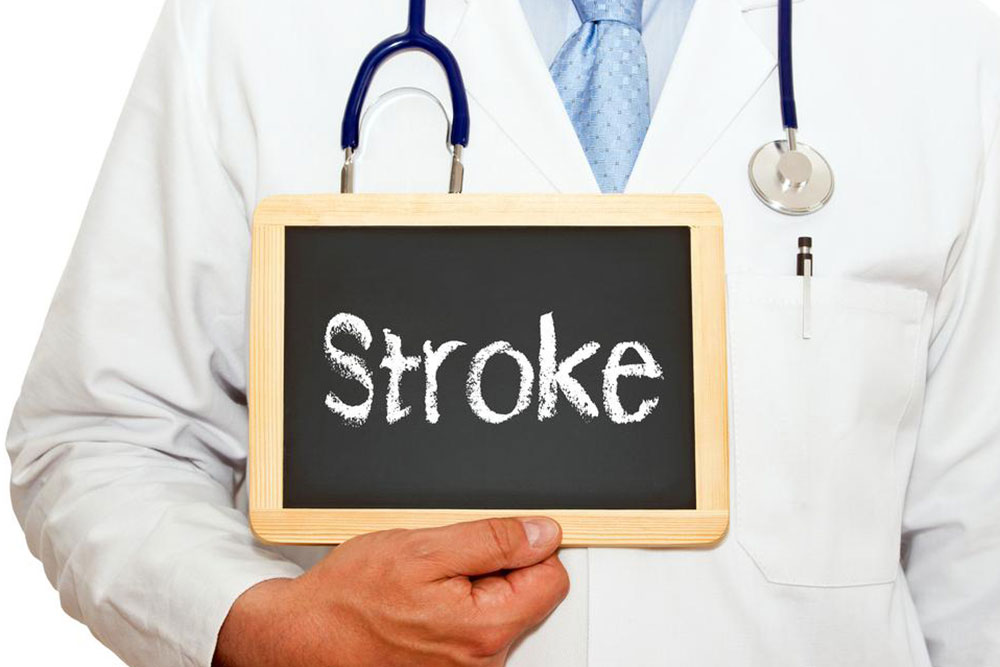Comprehensive Guide to Recognizing and Responding to Mini-Strokes (TIAs)
This comprehensive guide explores the key warning signs of mini-strokes (TIAs), emphasizing the importance of early recognition for effective treatment and prevention of future strokes. Learn about symptoms, diagnostic methods, and risk factor management to safeguard your health.

Recognizing the Signs and Symptoms of a Mini-Stroke
A stroke occurs when the blood supply to a part of the brain is suddenly interrupted, leading to potential brain damage and neurological impairments. The severity and type of symptoms depend on which area of the brain is affected, and without prompt medical intervention, strokes can result in permanent disabilities or even death. A less severe but often overlooked cousin of the full stroke is known as a mini-stroke, or Transient Ischemic Attack (TIA). This condition involves a temporary blockage of blood flow to the brain, leading to short-lived symptoms that can resolve completely within minutes to 24 hours.
Awareness and understanding of TIA symptoms are critically important because approximately one-third of individuals who experience a mini-stroke may later suffer a full, devastating stroke. Early recognition can save lives, prevent long-term disabilities, and prompt timely medical treatment that can mitigate the damage caused by blood flow interruption in the brain. Recognizing the subtle signs of a mini-stroke enables individuals and healthcare providers to act promptly and effectively.
What Are the Key Symptoms of a Mini-Stroke or TIA?
Detecting mini-stroke symptoms can be challenging because they often resemble those of a full stroke. However, being familiar with the warning signs can lead to immediate medical intervention, drastically improving outcomes. Common symptoms include:
Visual disturbances: Sudden episodes of blurred or dim vision in one eye, often referred to as transient monocular blindness, may occur. Bright lighting may exacerbate these visual issues, and individuals might experience difficulty reading or seeing clearly for a brief period.
Speech and language problems: Sudden trouble articulating words, understanding speech, or finding the right words can indicate a mini-stroke. Speech may become slurred or confused, which can be alarming and requires urgent attention.
Dizziness and loss of balance: Feeling dizzy, unsteady, or fainting are common signs, particularly if they are sudden and unexplained. Balance issues can increase the risk of falls and injuries.
Facial drooping: One side of the face may appear numb, droop, or lose muscle tone. A simple test involves asking the person to smile; if one side droops or the smile is uneven, it may be a sign of a mini-stroke.
Mental confusion and cognitive impairments: Disorientation, difficulty concentrating, or experiencing a sudden impairment in judgment can occur temporarily, affecting daily functioning.
Weakness or numbness: Sudden weakness or numbness on one side of the body—affecting the face, arm, or leg—is typical of a mini-stroke. The “arms test,” where the person is asked to raise both arms, can reveal weakness if one arm drifts downward.
Other less common symptoms include:
Loss of consciousness
Altered sensory perceptions such as tingling or numbness
Unusual taste or smell sensations
Passing out or fainting episodes
Typically, these symptoms are transient, lasting only a few minutes but can extend up to 24 hours. Because their presentation closely mimics that of a full stroke, immediate medical evaluation is vital. Healthcare professionals rely on diagnostic tools such as MRI or CT scans to identify blood clots, signs of ischemia, or other abnormalities, which help determine the appropriate course of treatment like anticoagulant medications, surgical interventions, or lifestyle modifications.
Understanding the early signs of a mini-stroke not only facilitates prompt medical response but also plays a crucial role in preventing future strokes. Managing risk factors such as high blood pressure, high cholesterol levels, smoking, diabetes, and irregular heartbeat (atrial fibrillation) is essential for reducing stroke risk and promoting long-term neurological health.





